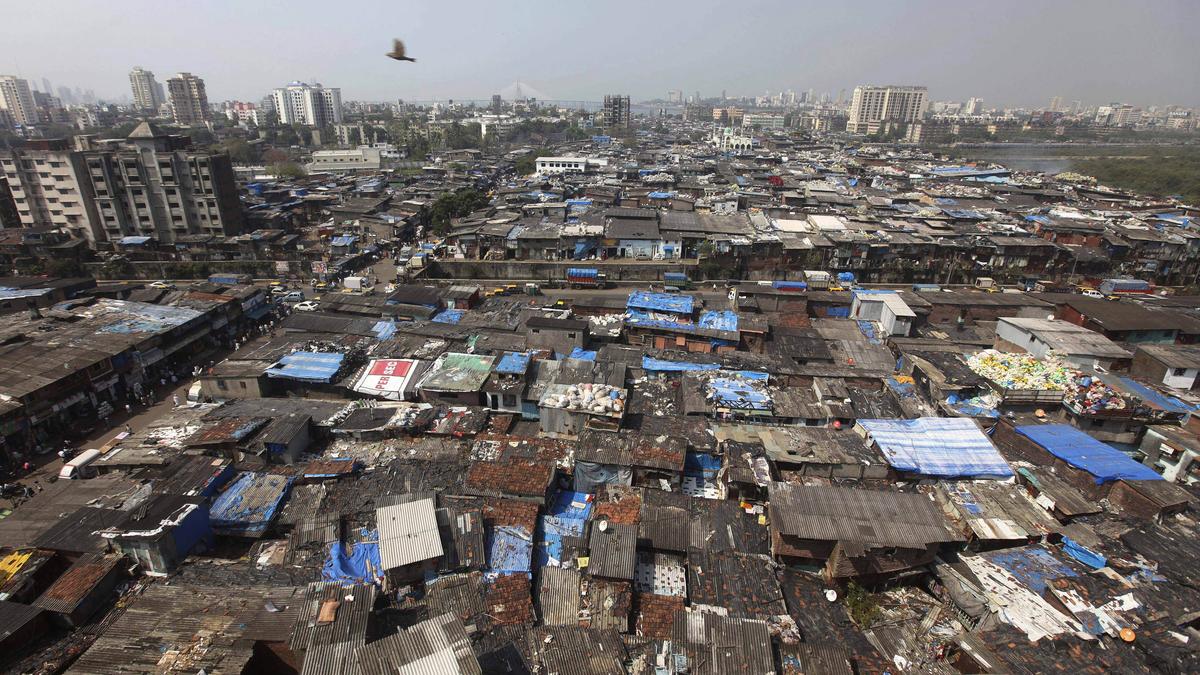By Niranjana K.p
Copyright thehindu

The story so far:
Registrar General of India (RGI) and Census Commissioner Mrityunjay Kumar Narayan in a letter dated August 14 to the States’ Directorates of Census Operations (DCO) said, “It is proposed to retain the same definition for urban areas for Census 2027 as this will ensure comparability with the previous Census and provide the basis for analysis of urbanisation trends in the country.”
In the 2011 Census, an urban unit was defined as either a statutory town or a census town. Statutory towns are areas that are formally notified as urban by the State government. They have urban local bodies like municipal corporations, municipal councils and nagar panchayats. All other places that satisfied the following criteria — a minimum population of 5,000, at least 75% of the male main working population engaged in non-agricultural activities, and a population density of at least 400 persons per sq. km — are classified as census towns. The census towns remain administratively rural, but they function like urban areas.
What are the limitations?
In India, urban local bodies are more autonomous and have more freedom and control over their finances, while Panchayati Raj institutions are limited to implementing centrally designed welfare schemes. Hence, urban status, if granted to a settlement, would imply development of the area.
The current definition of urban and rural areas is a binary that ignores the complex and evolving nature of the settlements in India. It fails to take into account the settlements that fall in the spectrum between rural and urban. Rapid urbanisation is transforming many villages into towns both in function and form, yet these areas often lack formal recognition and remain under rural governance. As a result, settlements such as census towns and peri-urban regions — despite having dense populations, non-agricultural livelihoods, and urban lifestyles — remain excluded from urban governance structures and infrastructure provision, leading to gaps in planning, services, and resource allocation.
The gap between functional urbanisation and formal recognition is particularly evident in the case of census towns in West Bengal. Data from the 2001 and 2011 Censuses show that a significant number of settlements classified as census towns in 2001 continued to be governed by rural local bodies even a decade later. West Bengal experienced the highest increase in the number of census towns, with 526 new census towns identified in 2011. However, 251 settlements that had already been classified as census towns in 2001 saw no change in governance status by 2011. They remained outside the municipal system and under rural governance frameworks. This situation highlights how many areas meeting the demographic and economic criteria for urban classification are not being ‘municipalised’—that is, not being converted into statutory towns with elected urban local bodies. The West Bengal case underscores how the current approach to urban classification lags behind on the ground realities, leaving many urbanised settlements stuck in a rural governance structure that is ill-equipped to manage urban-level infrastructure, services, and planning needs.
What are the implications?
As India prepares for its next Census, it is crucial to revisit and revise the definition of what qualifies as “urban.” A 2019 research paper titled “Missing millions: undercounting urbanisation in India”, published in the journal Population and Environment, stresses the importance of population size and density in defining what is ‘urban. ’ The study shows that relying solely on a narrow framework — such as a population size above 5,000 and the percentage of non-agricultural workers — can result in a substantial undercount of urban populations. It experimented with different density thresholds (for example, 400 people/km², 1,000 people/km²) to test how many settlements would qualify as urban under each threshold. The study says that depending on the density cut-off used, the percentage of people living in urban areas in 2011 could be anywhere between 35% and 57%, far higher than the official Census estimate of 31%.
Many settlements that appear rural on paper actually form part of larger, informal urban clusters that lack any recognition under current Census methods, simply because they fall outside municipal limits or are divided across administrative units.
The 75% male workforce rule is outdated; small towns may not meet this threshold, yet show clear urban traits. Industries, service jobs, and gig economy work are spreading into villages and semi-urban areas, blurring rural–urban distinctions.
The rule also fails to take into account those who engage in both agricultural and non-agricultural work, often seasonally or concurrently. Many people in semi-rural and transitional areas commute daily or seasonally to nearby towns or cities for work, while still maintaining ties to agriculture, either through land ownership or seasonal farming. The expansion of app-based and gig economy jobs into smaller towns and semi-urban or rural areas highlights how urban-type employment is no longer confined to traditionally urban centres. The ‘male workforce’ criterion is also problematic, as it ignores the women’s informal or unpaid work.
Hence, retaining the outdated definition of ‘urban’ in the 2027 Census risks misclassifying millions, undercounting urbanised areas, and excluding rapidly growing settlements from appropriate governance and services. A rigid, binary framework no longer reflects India’s evolving settlement patterns — and failing to revise it will only widen existing gaps in planning, infrastructure, and inclusion.



